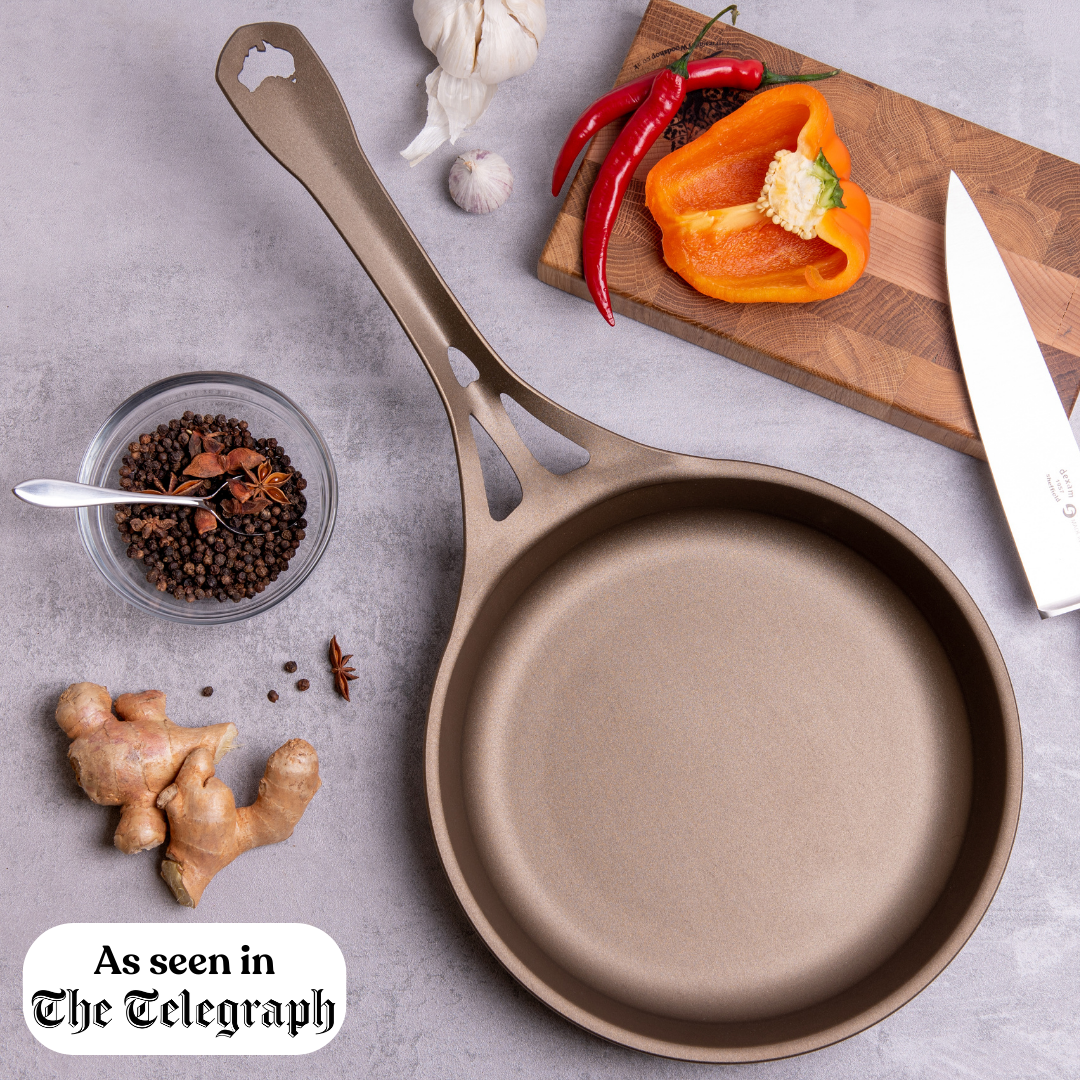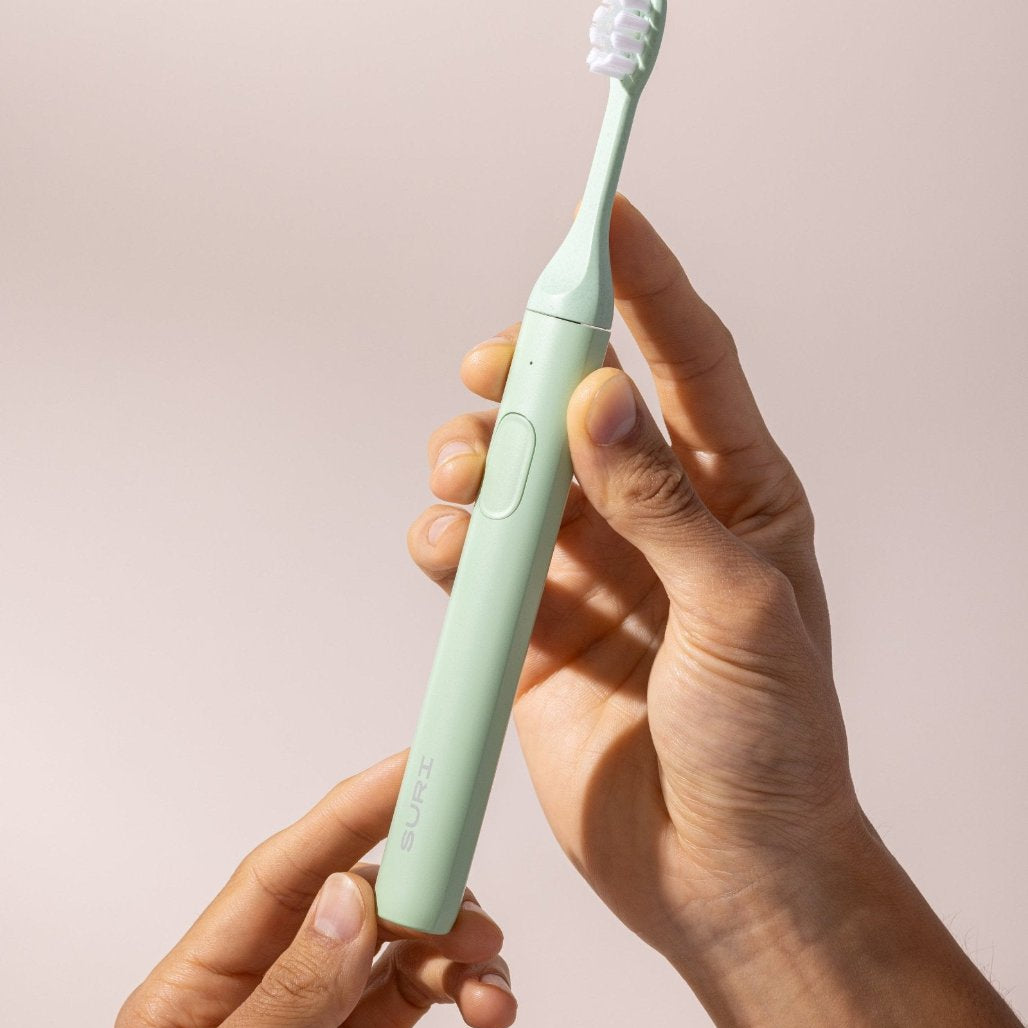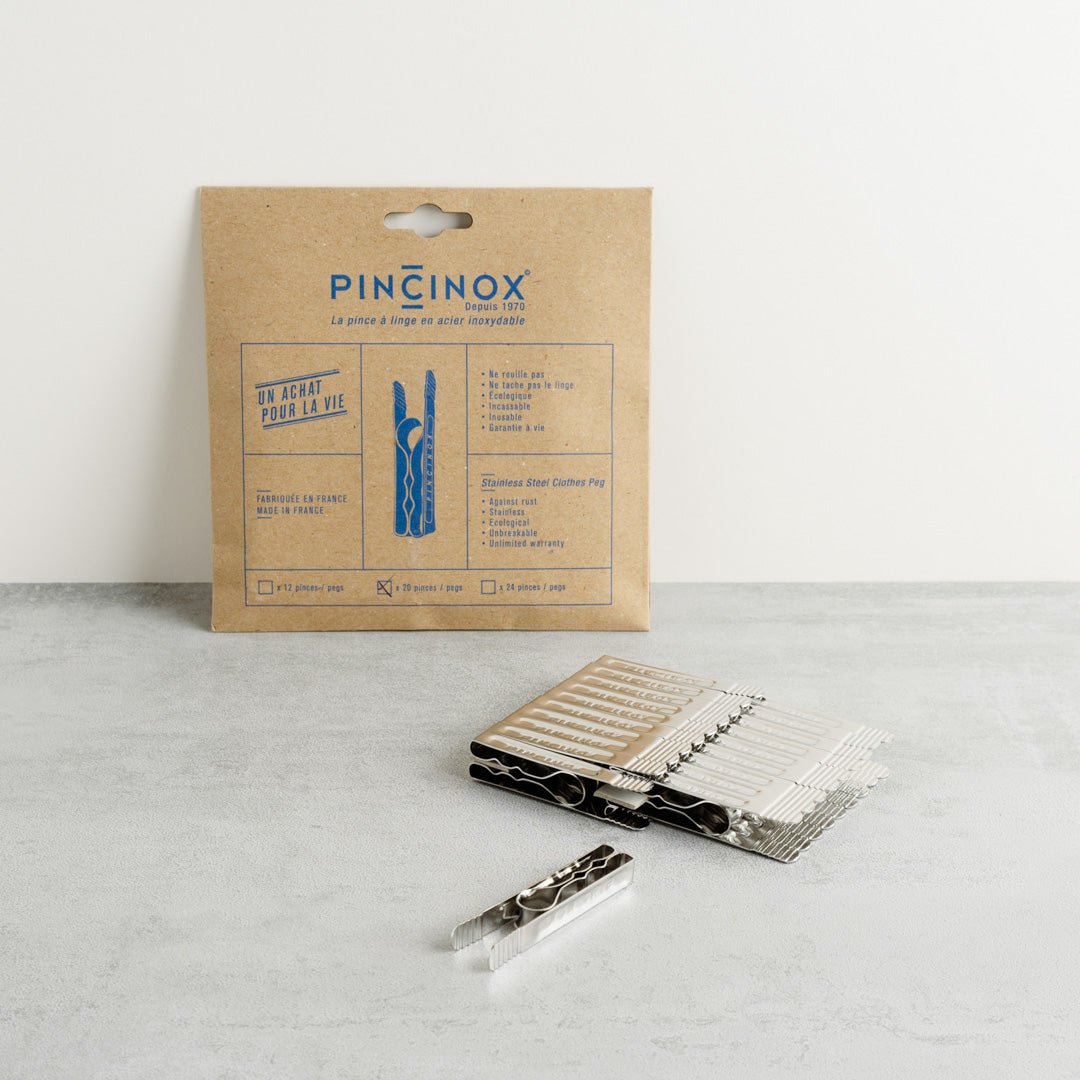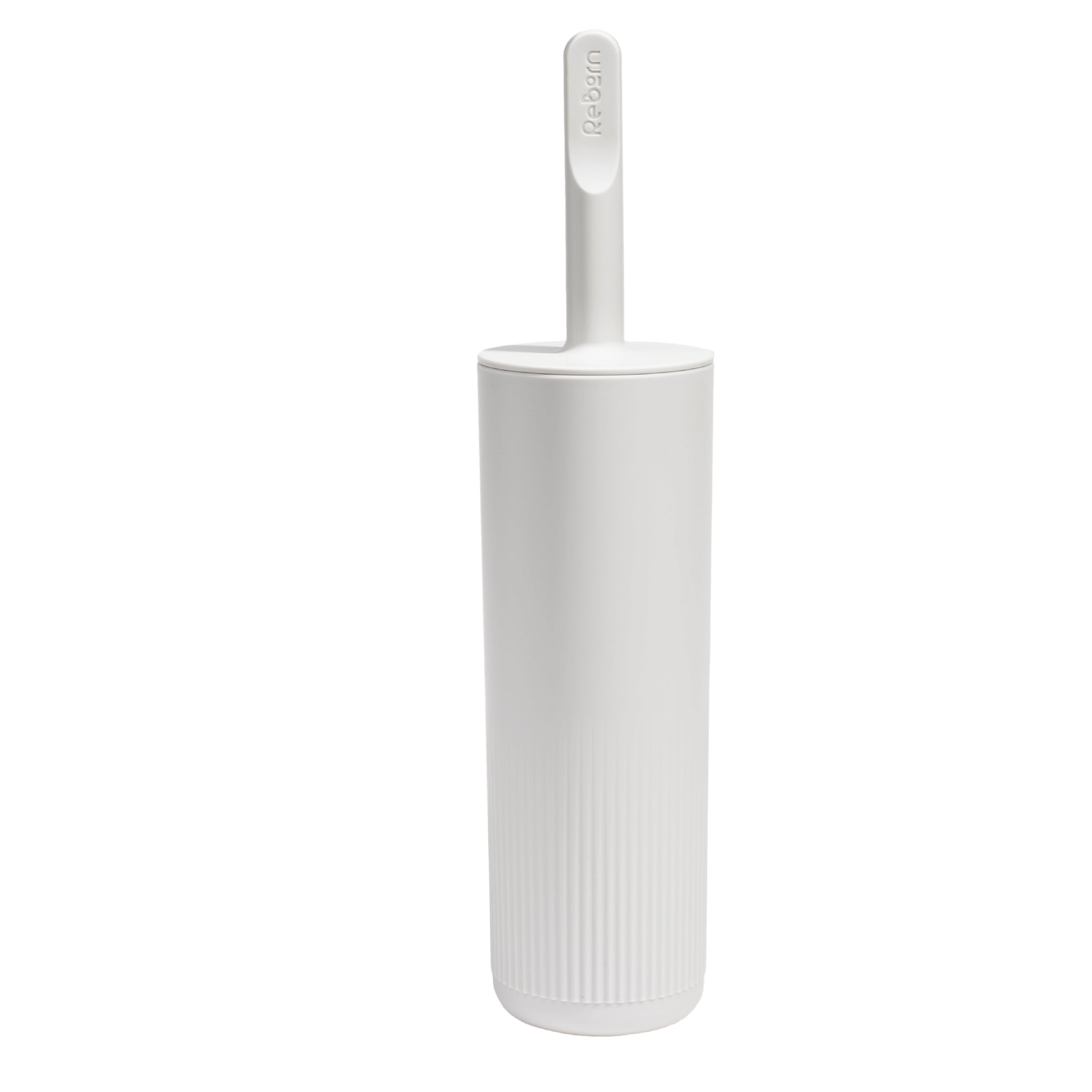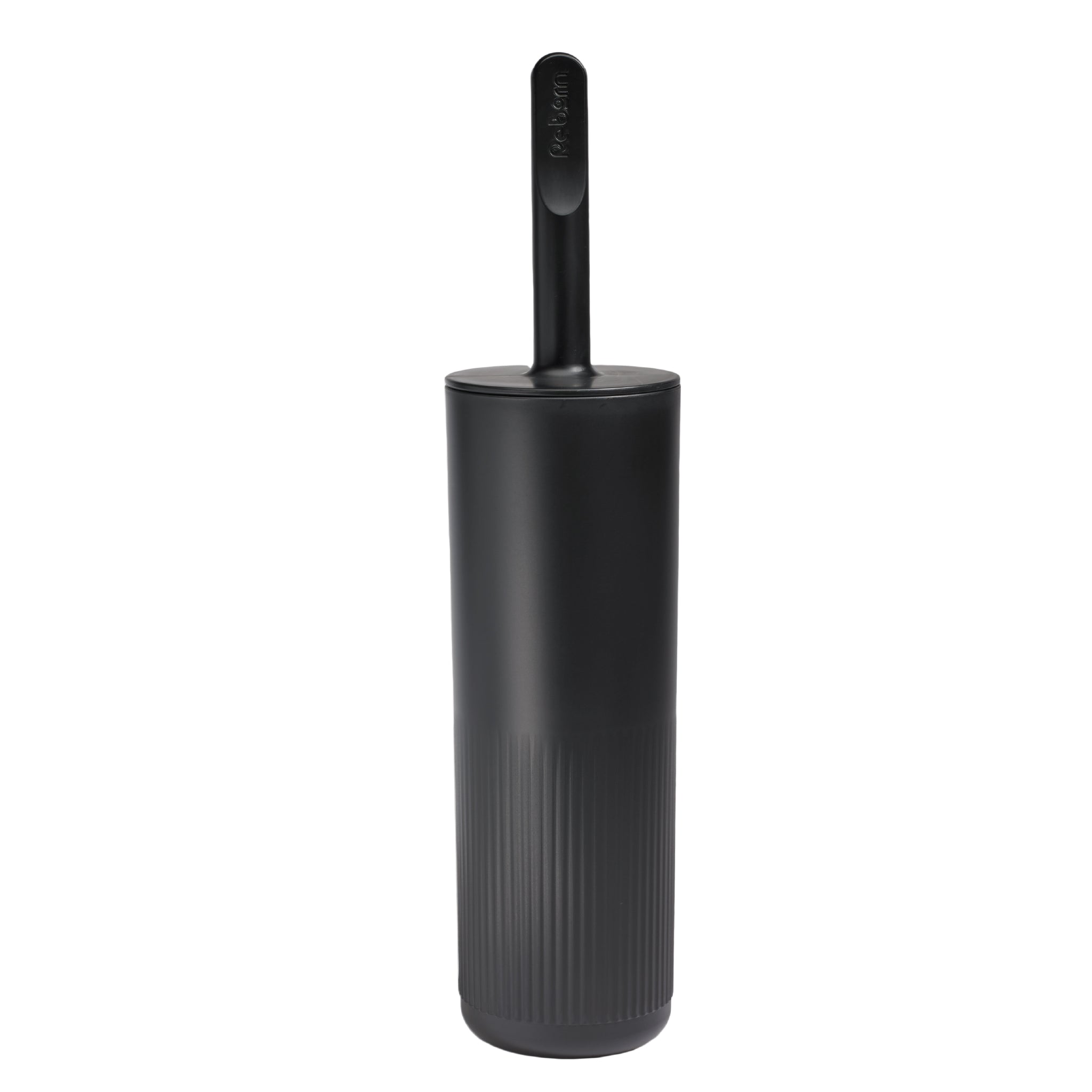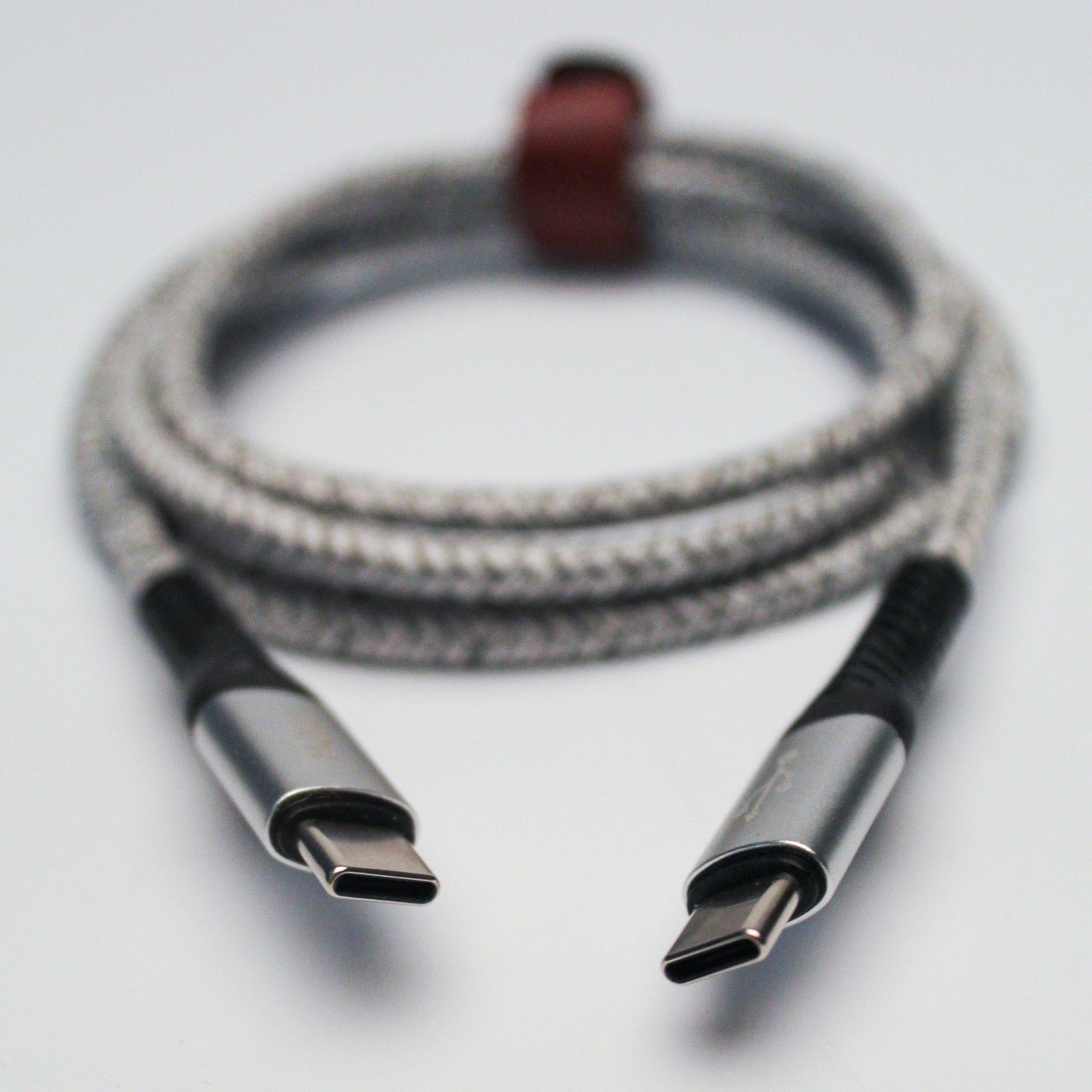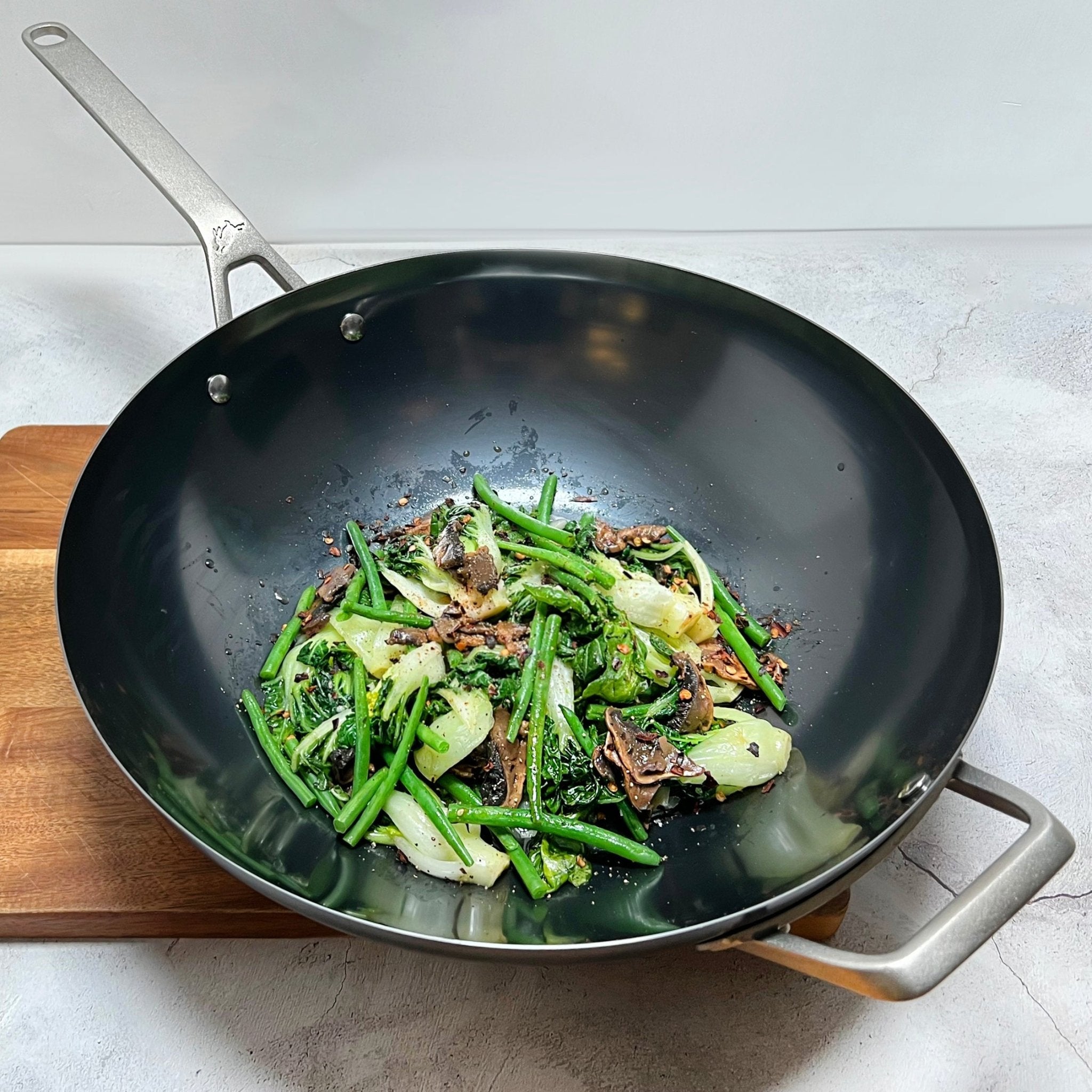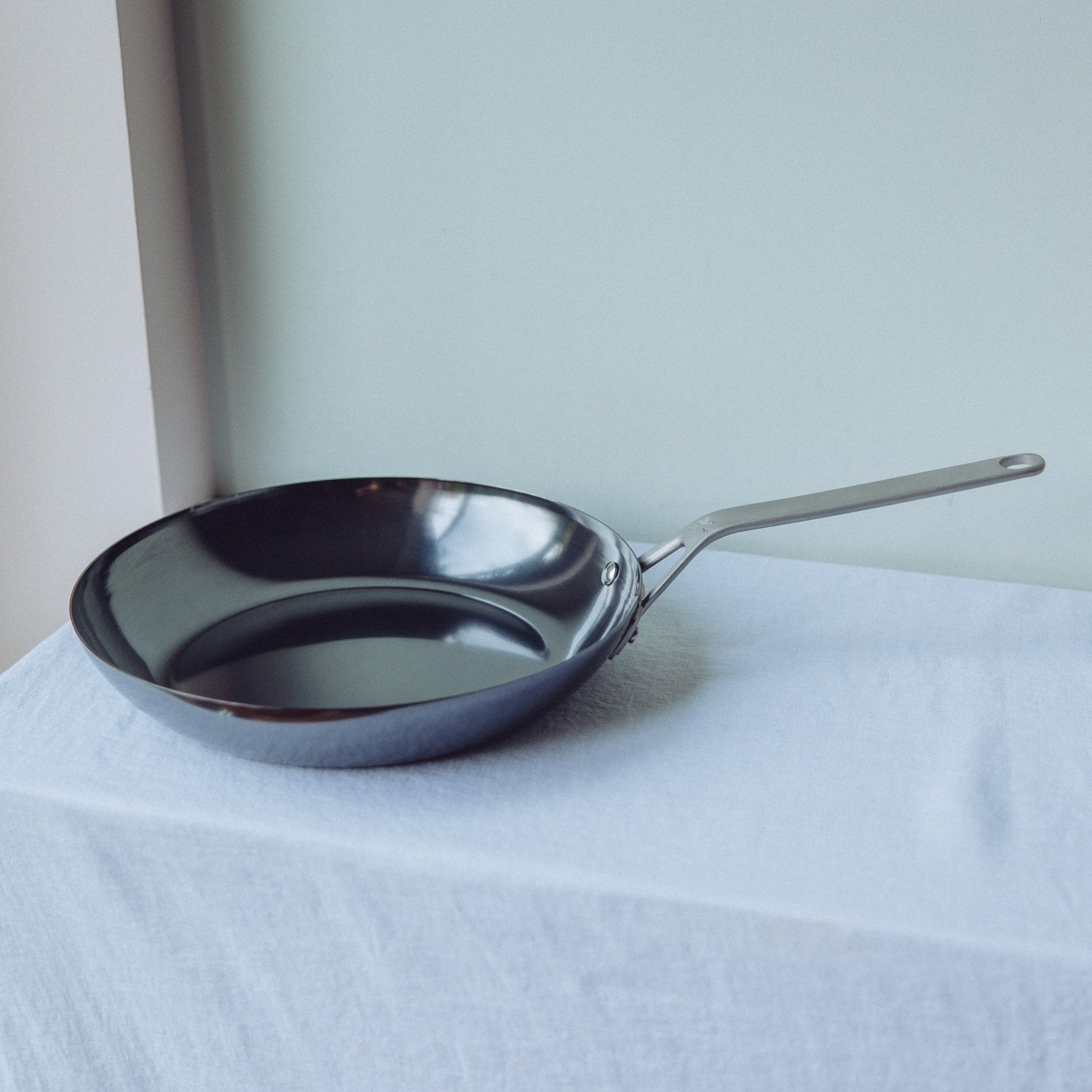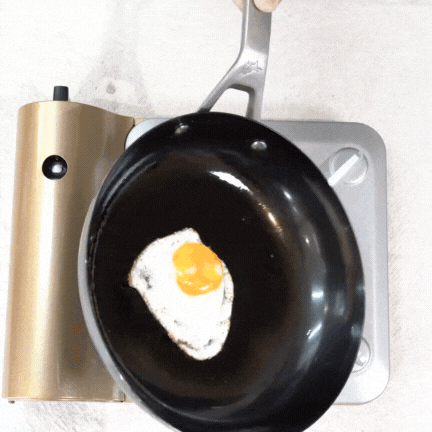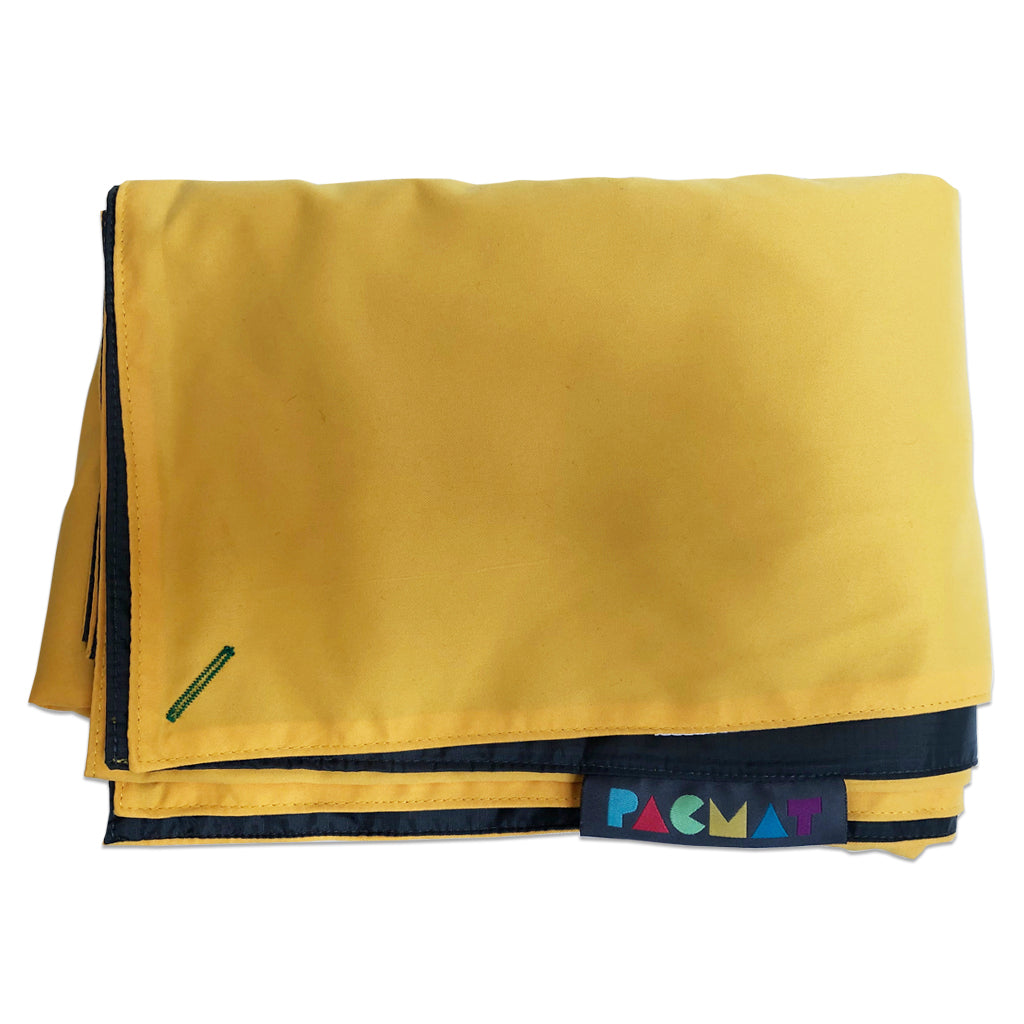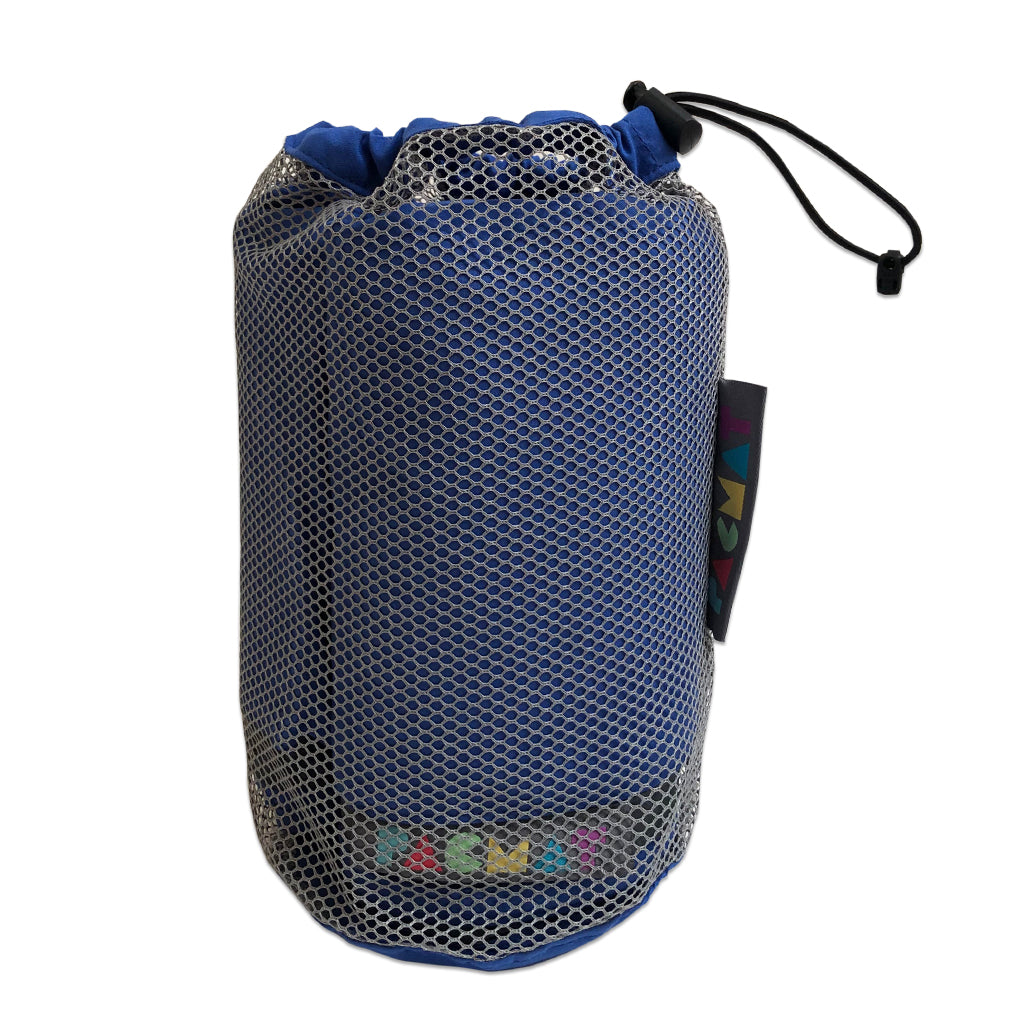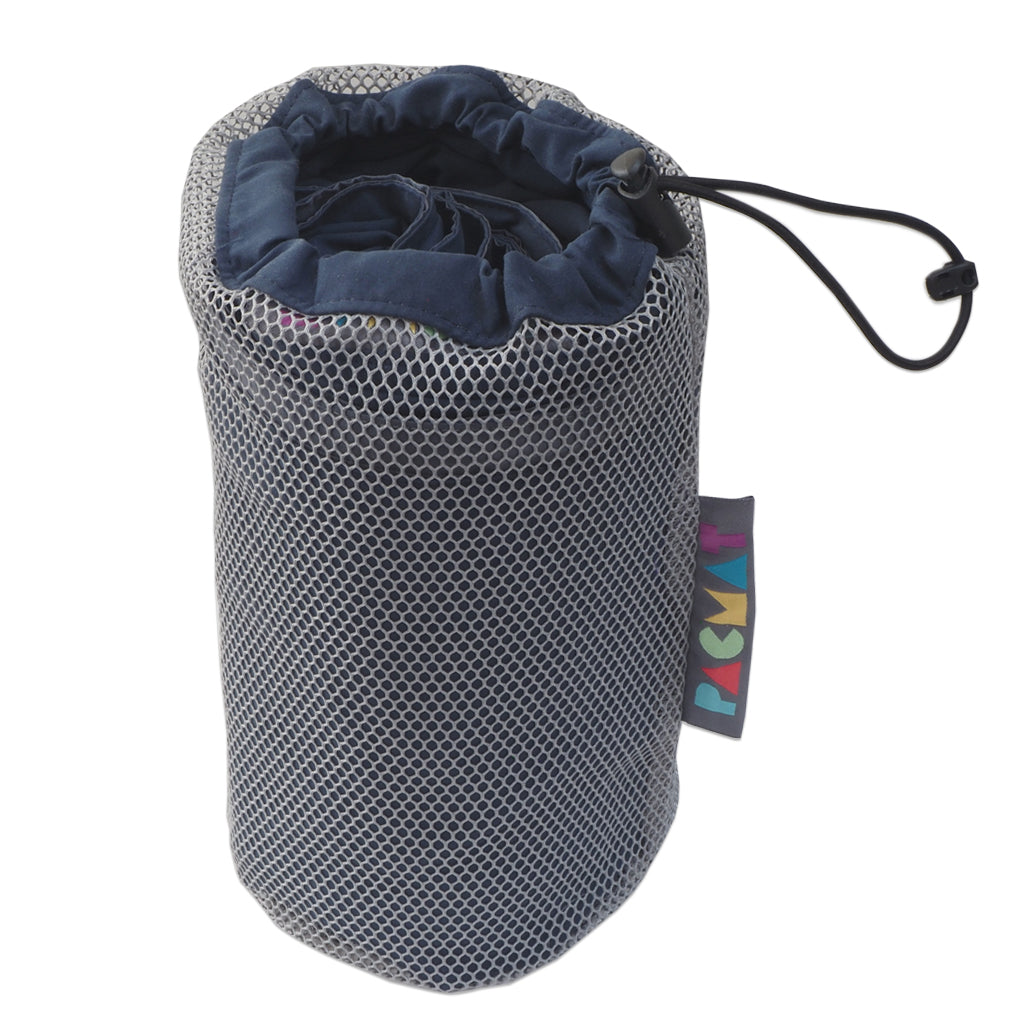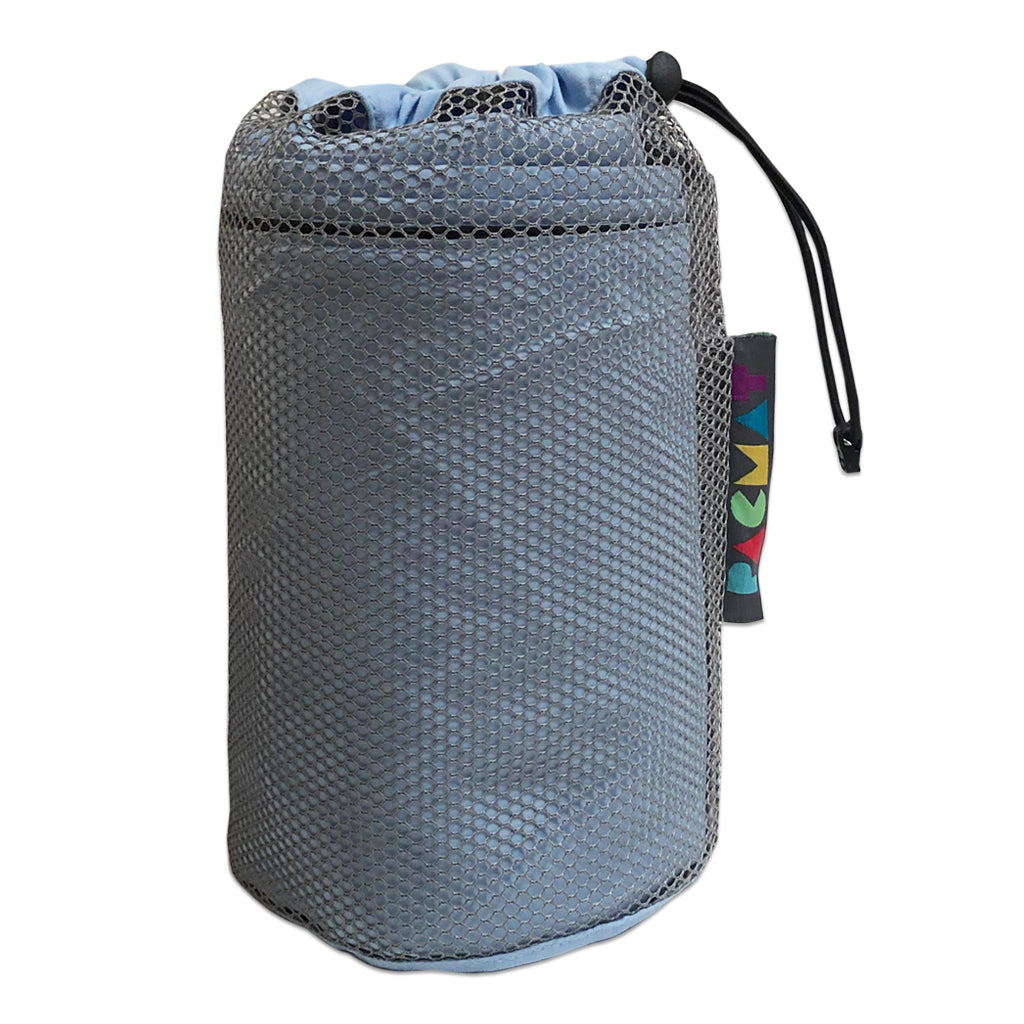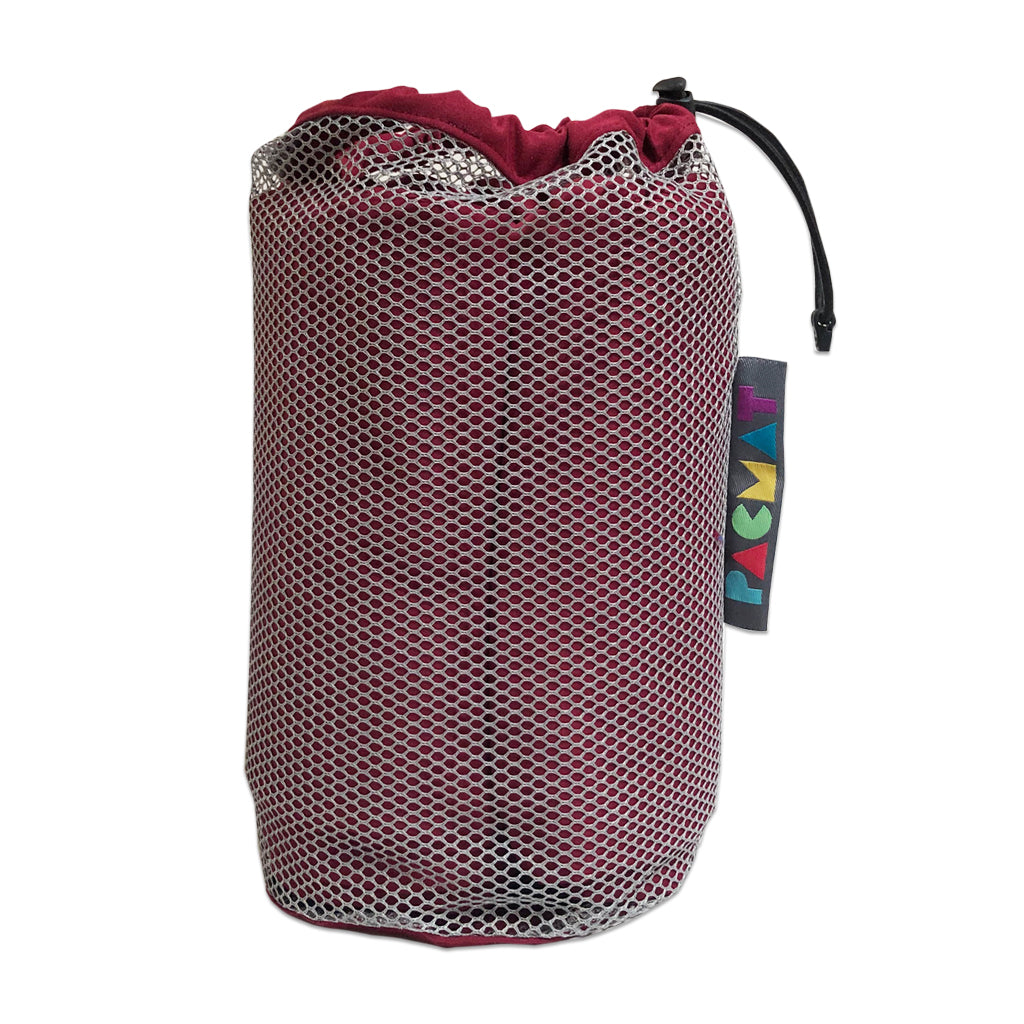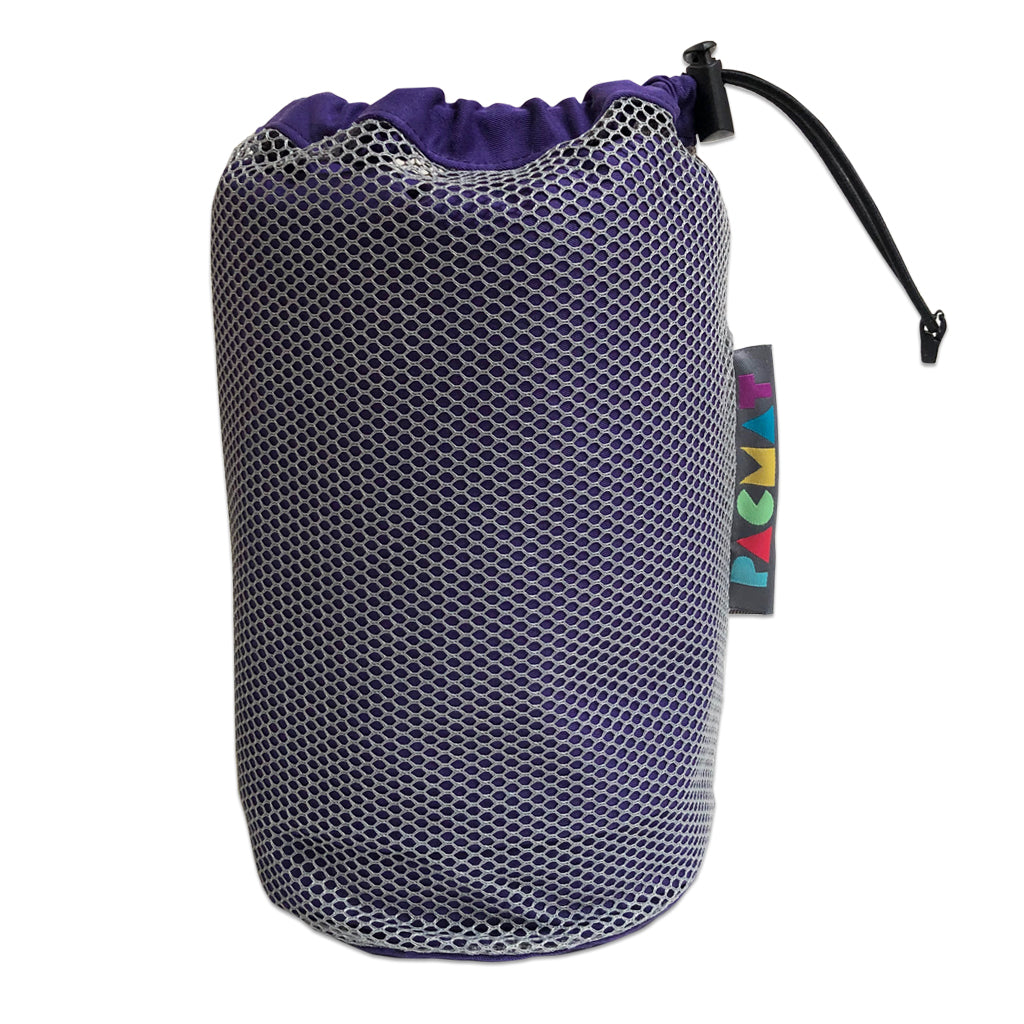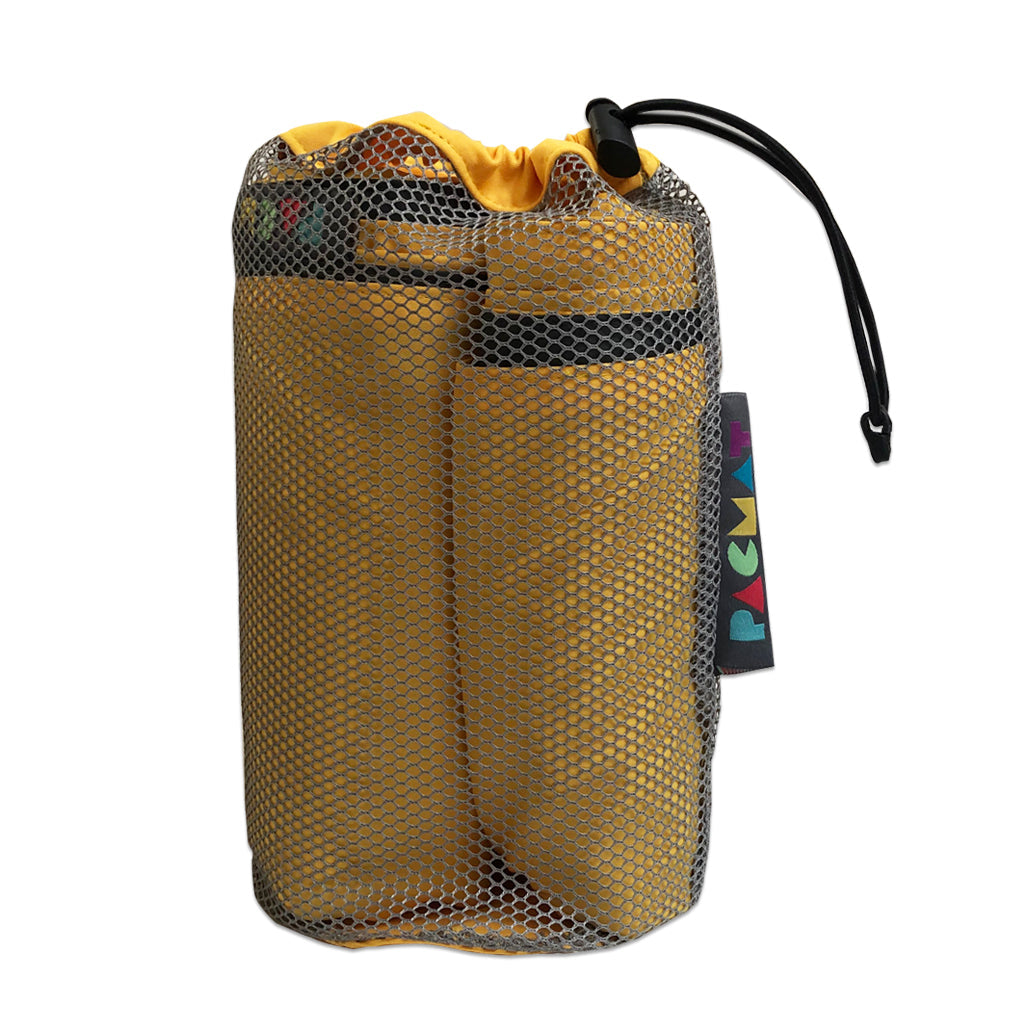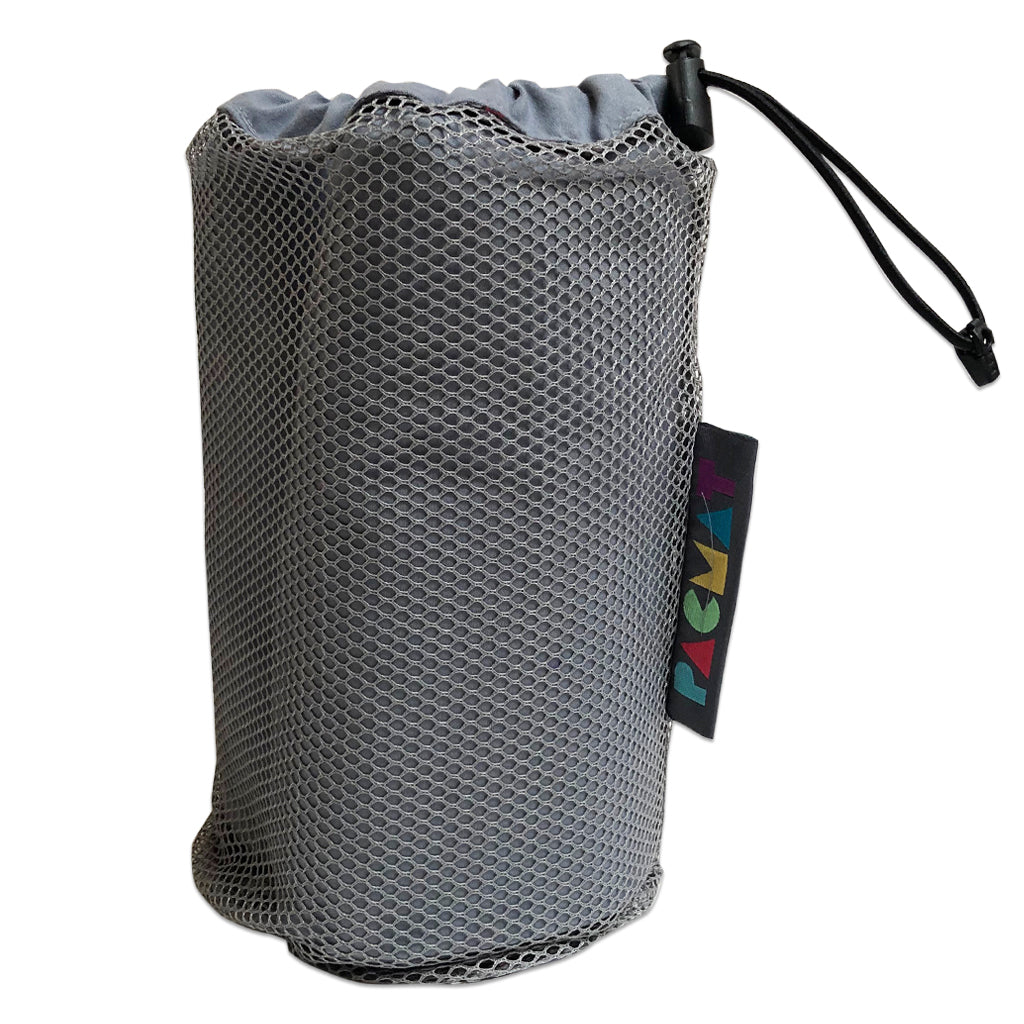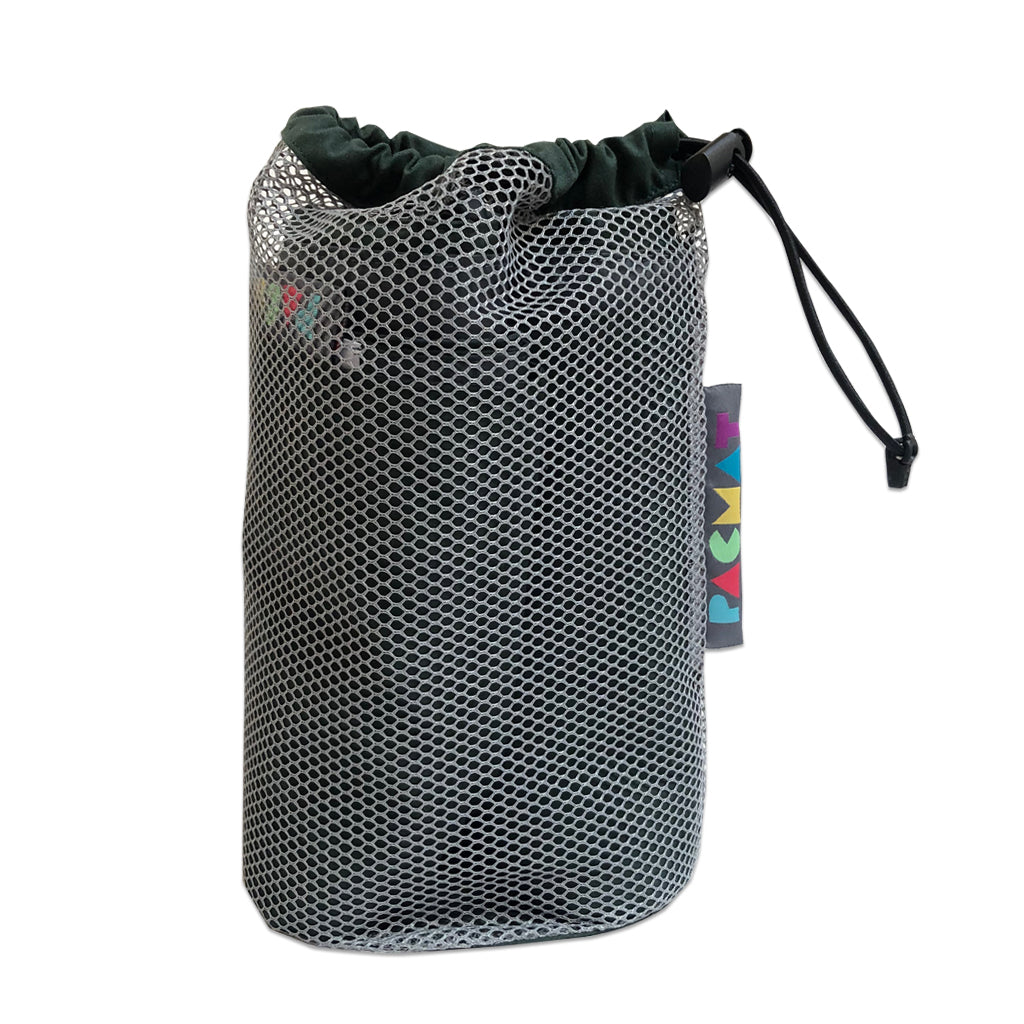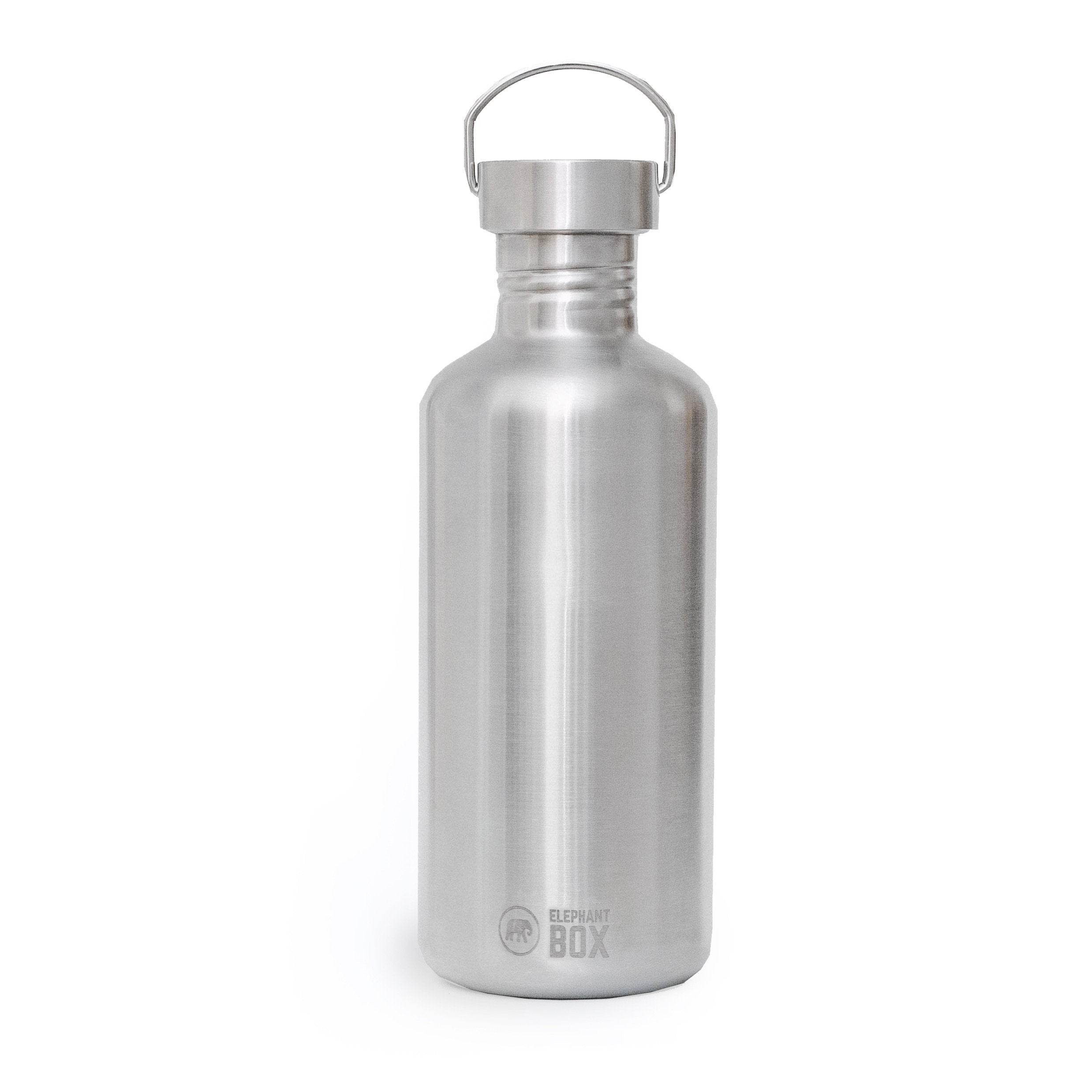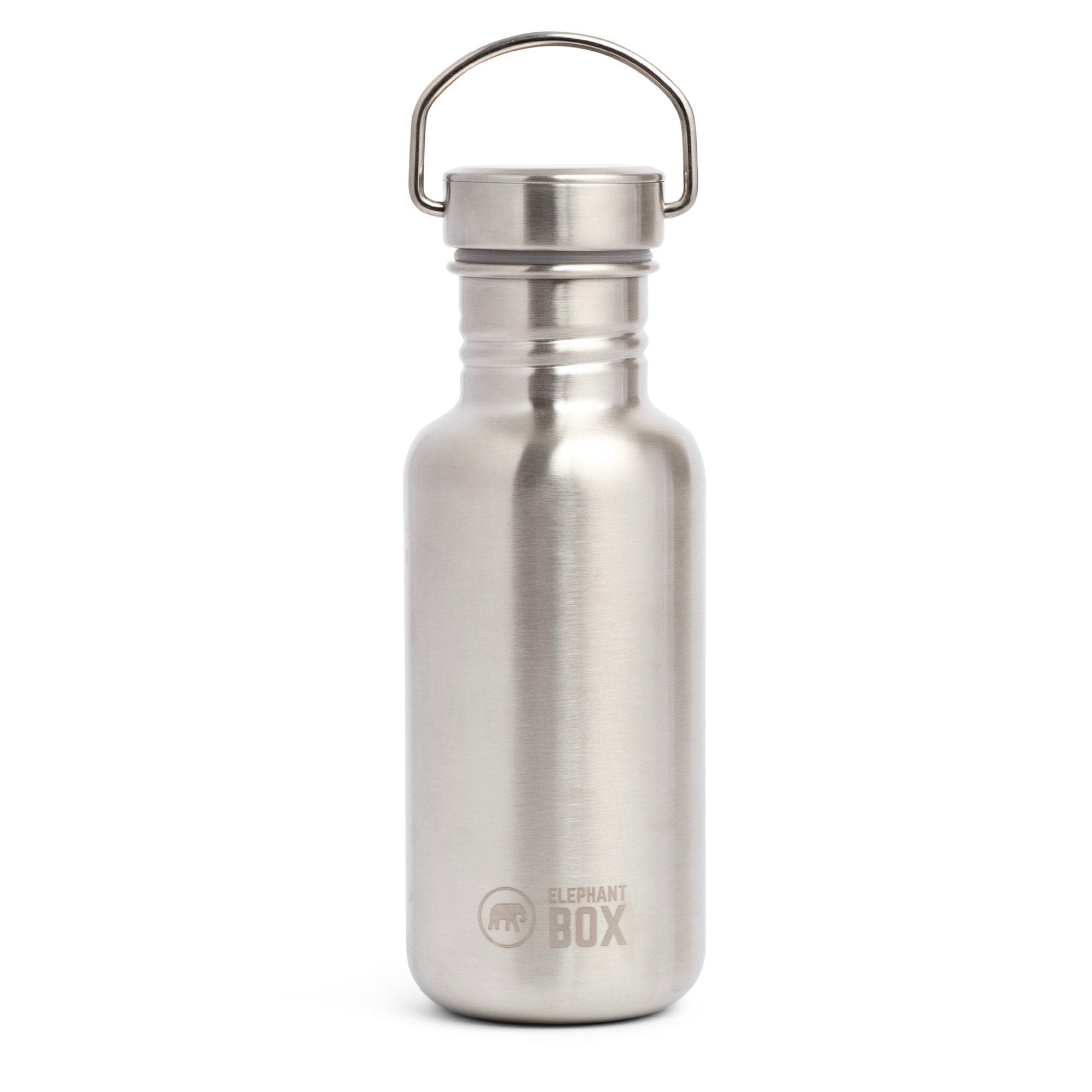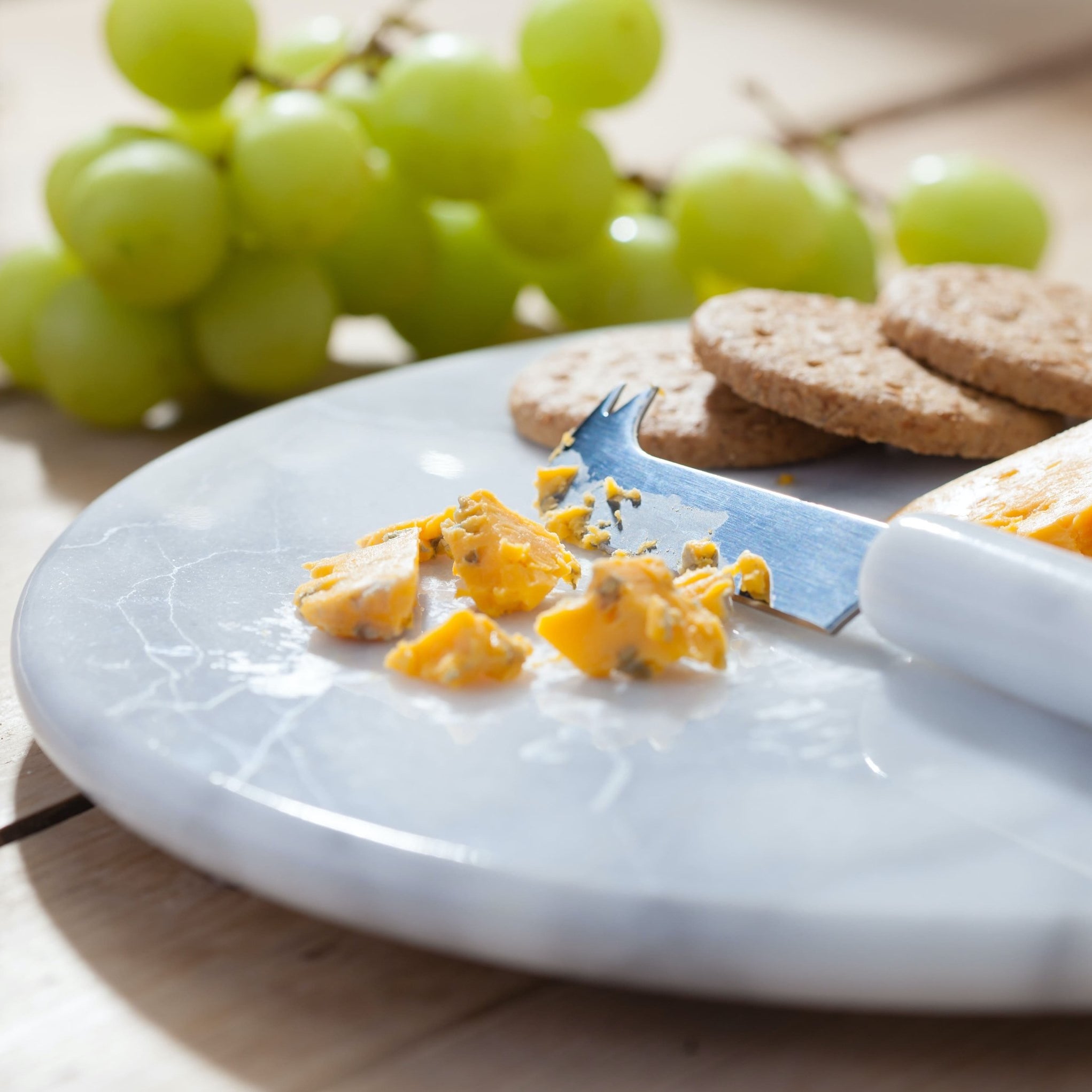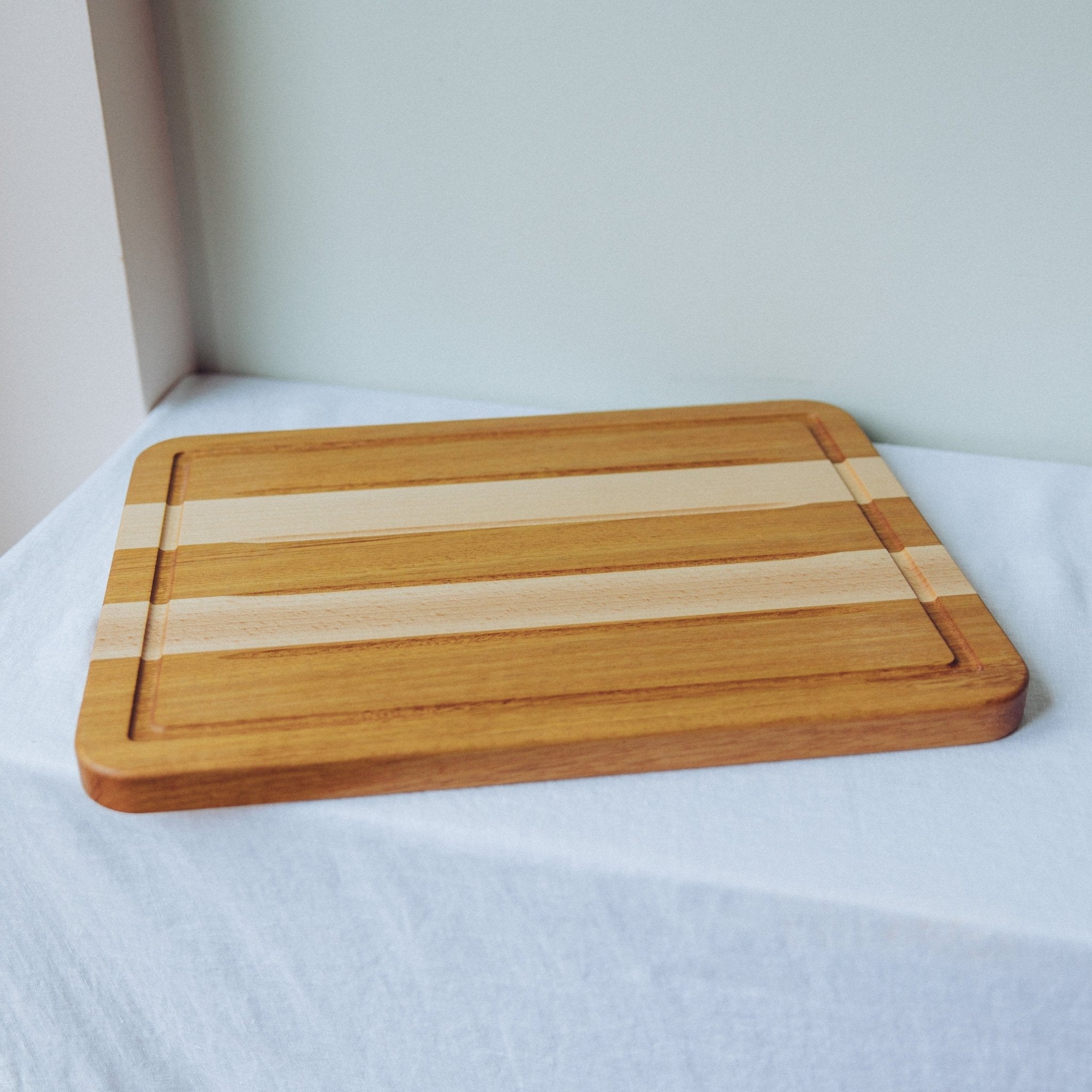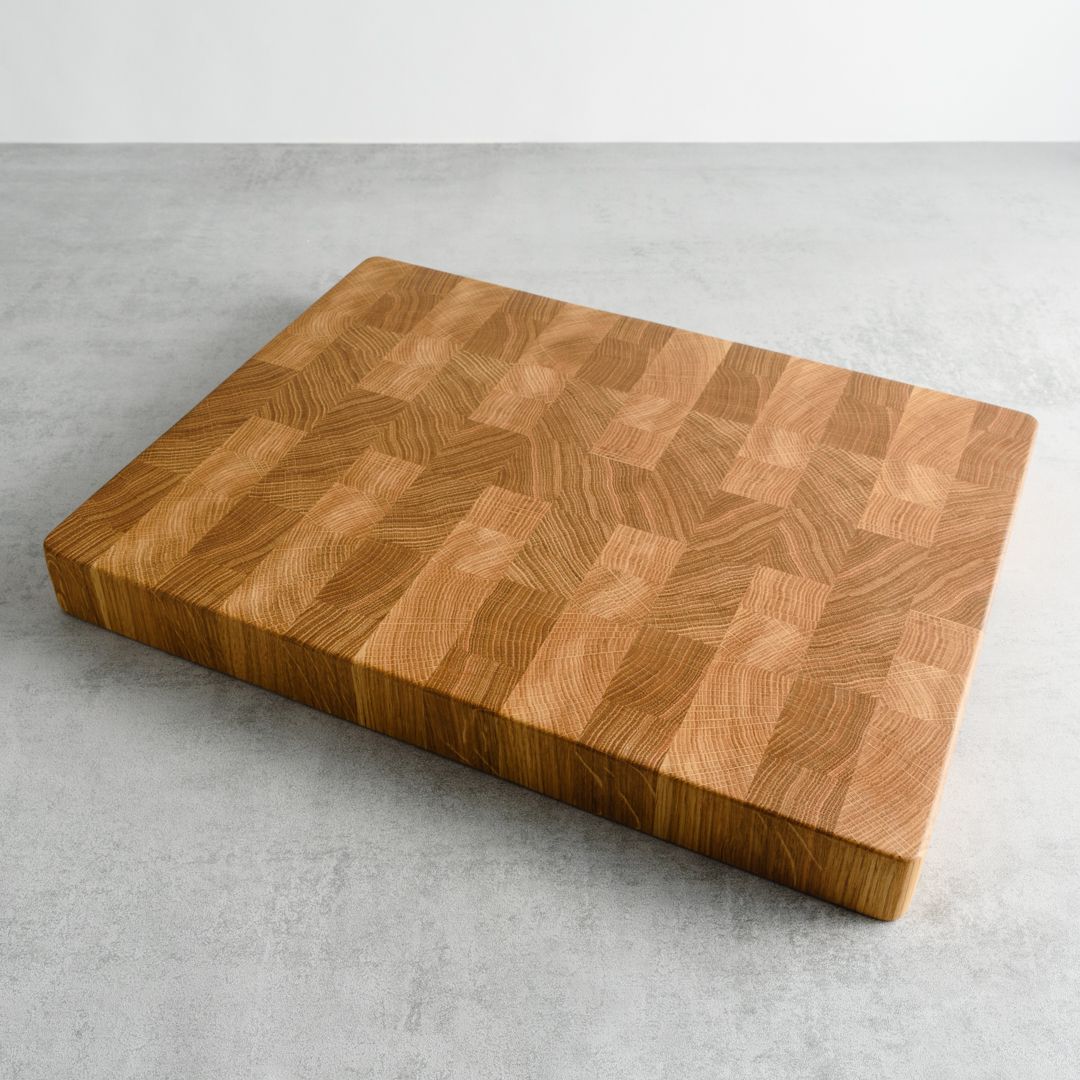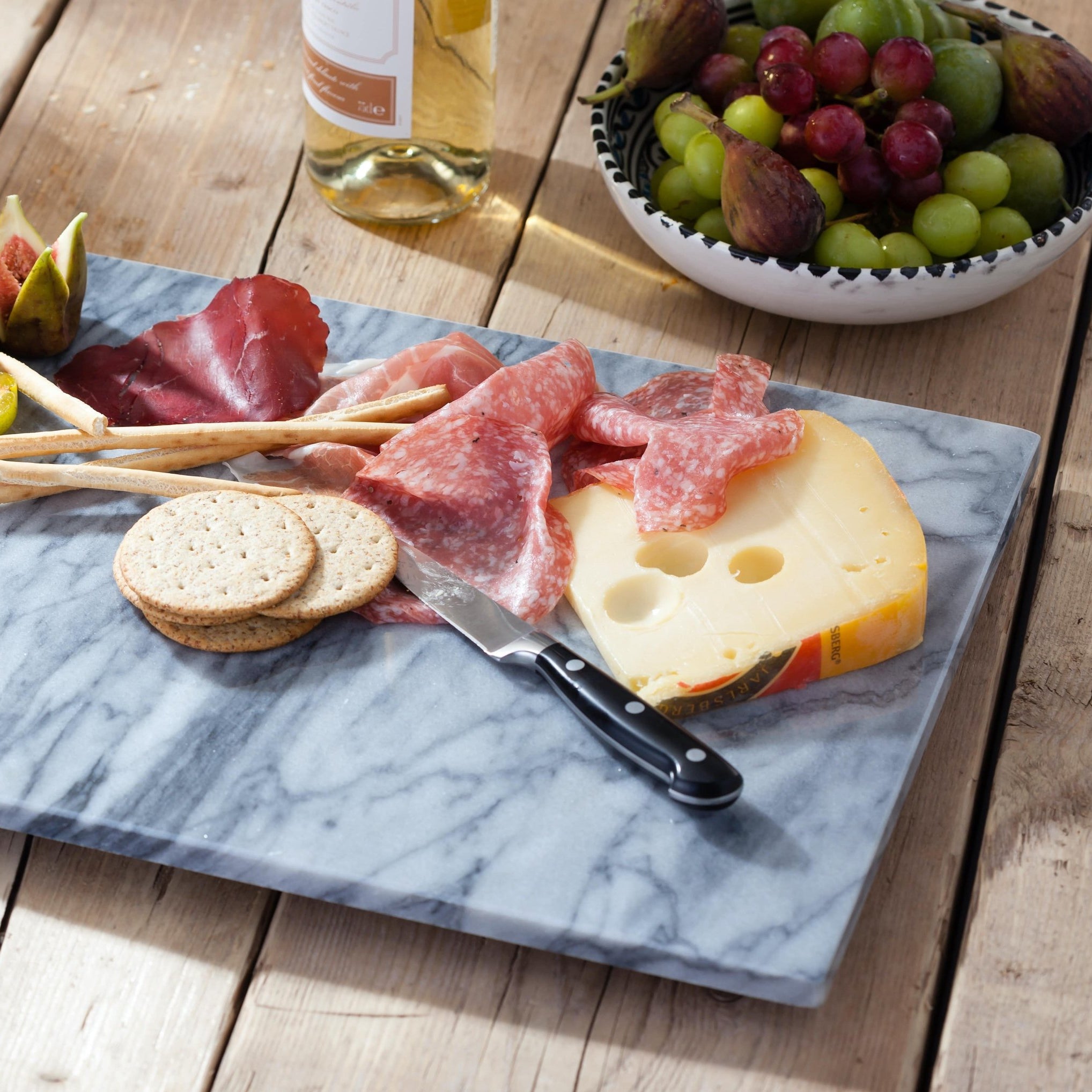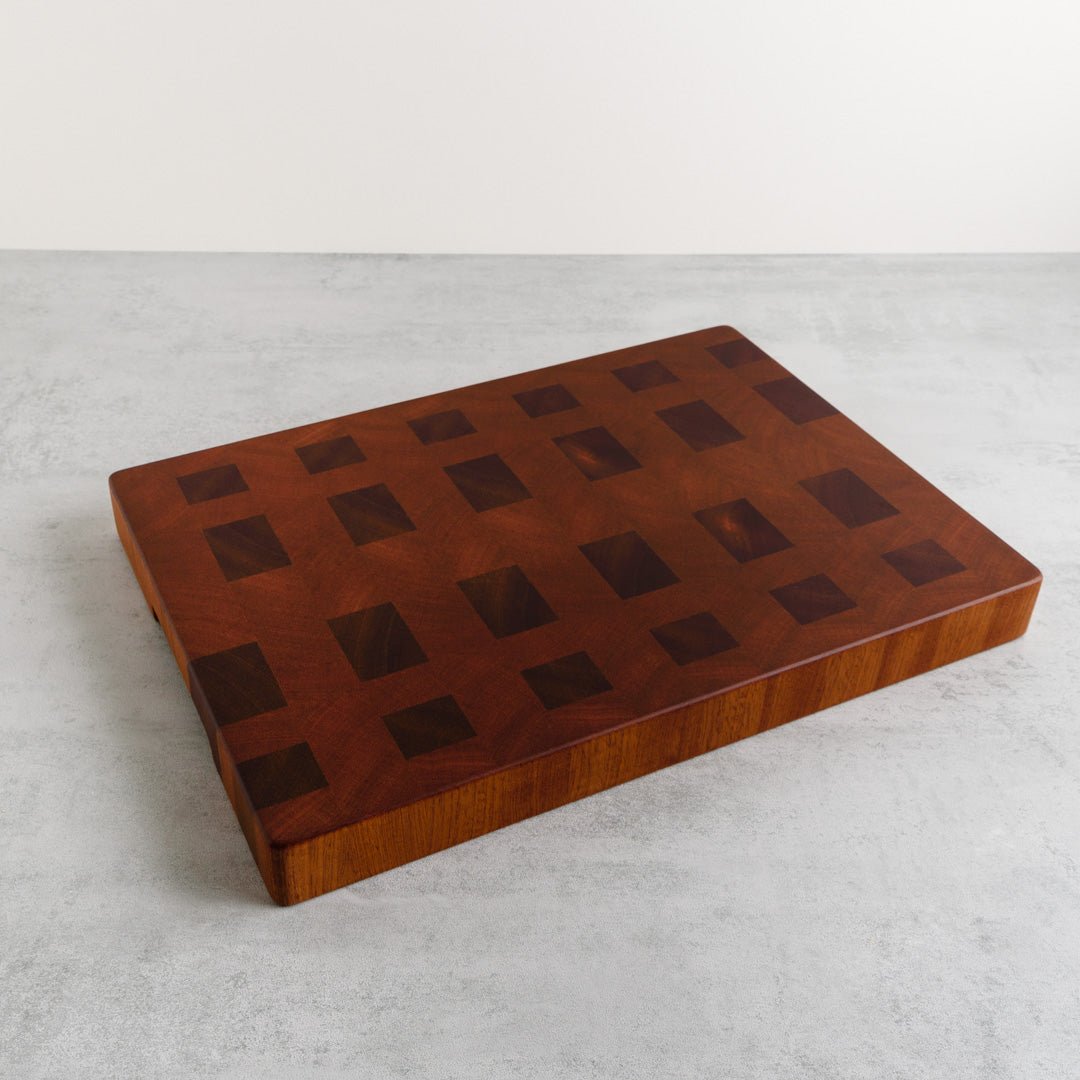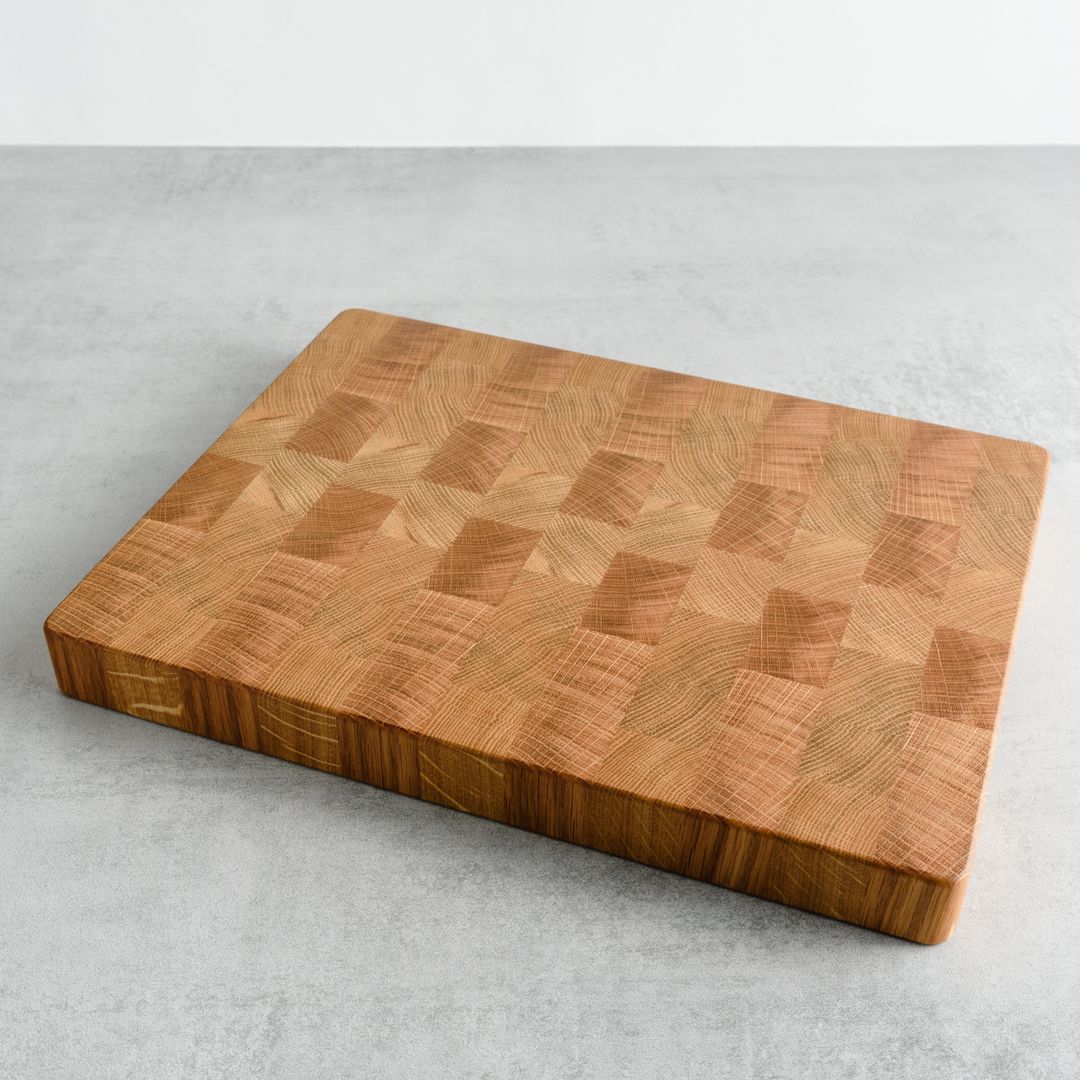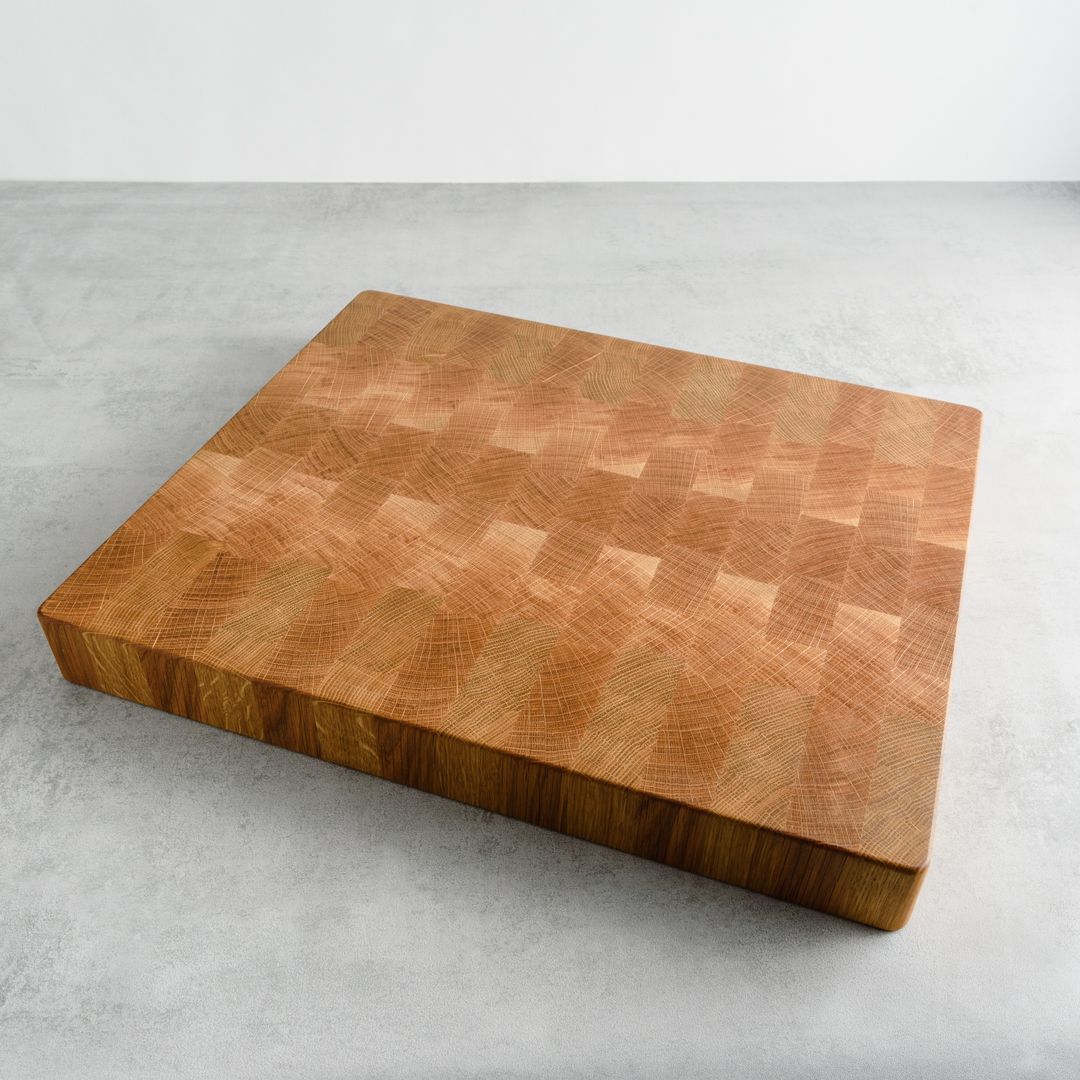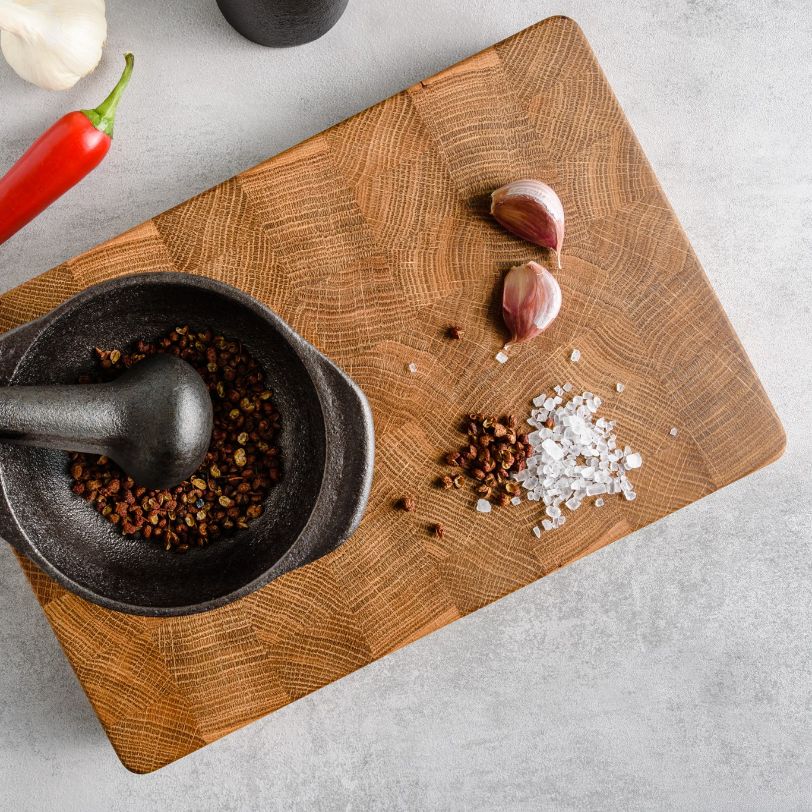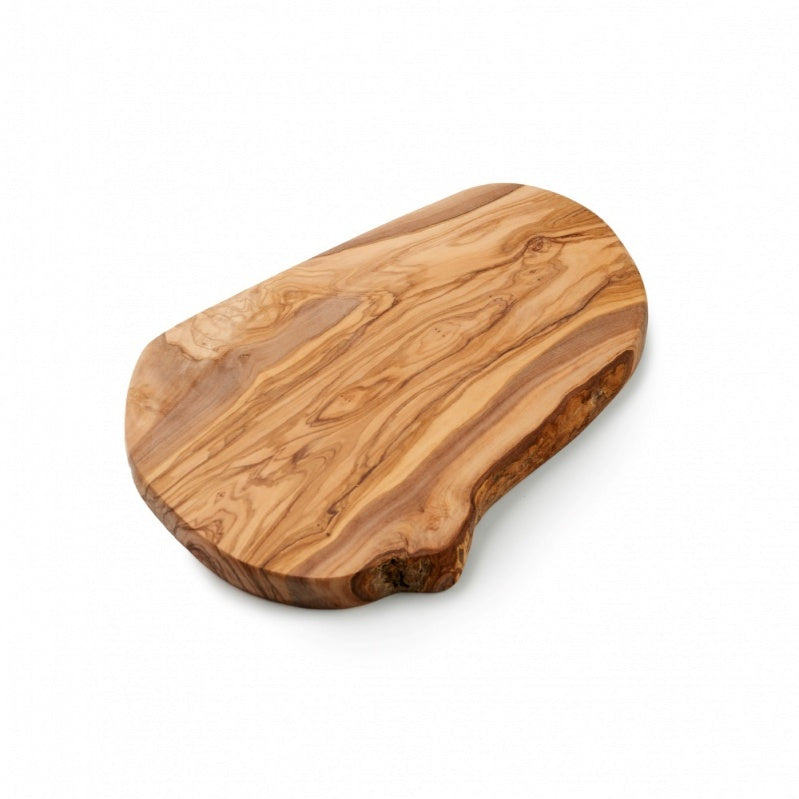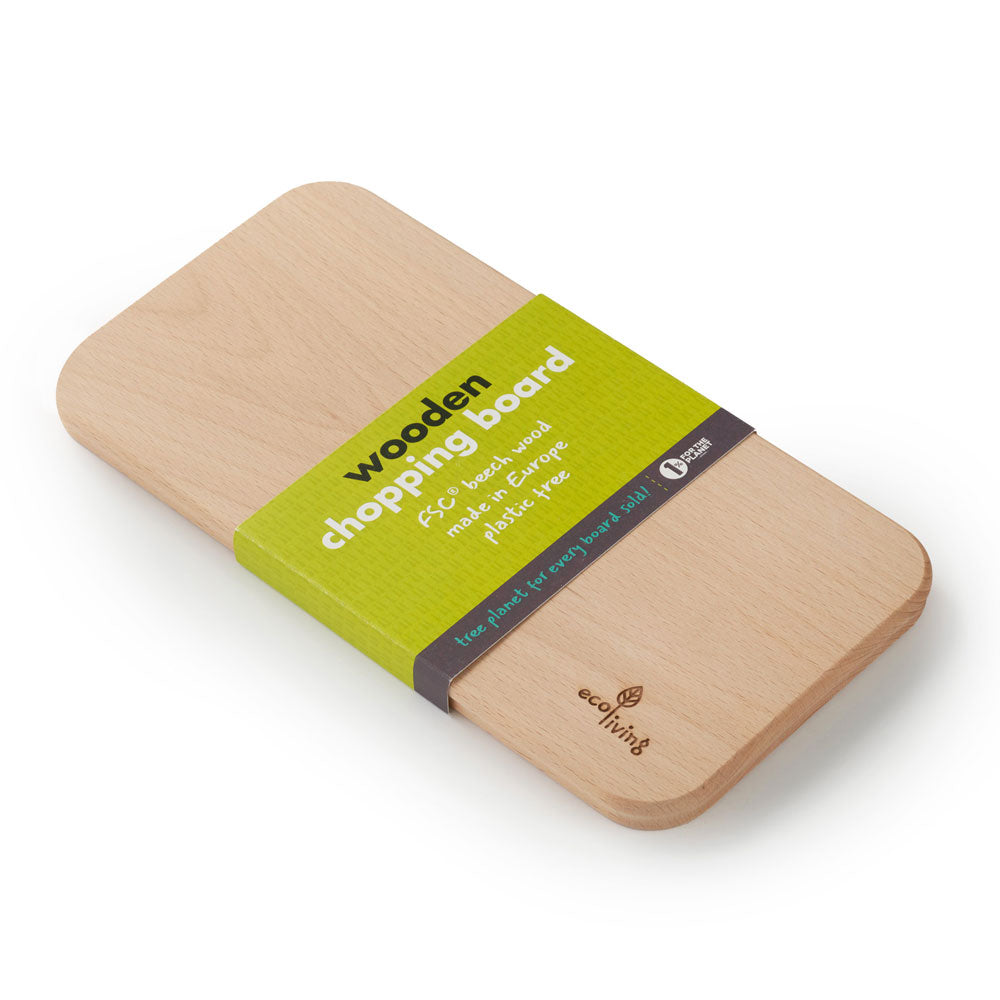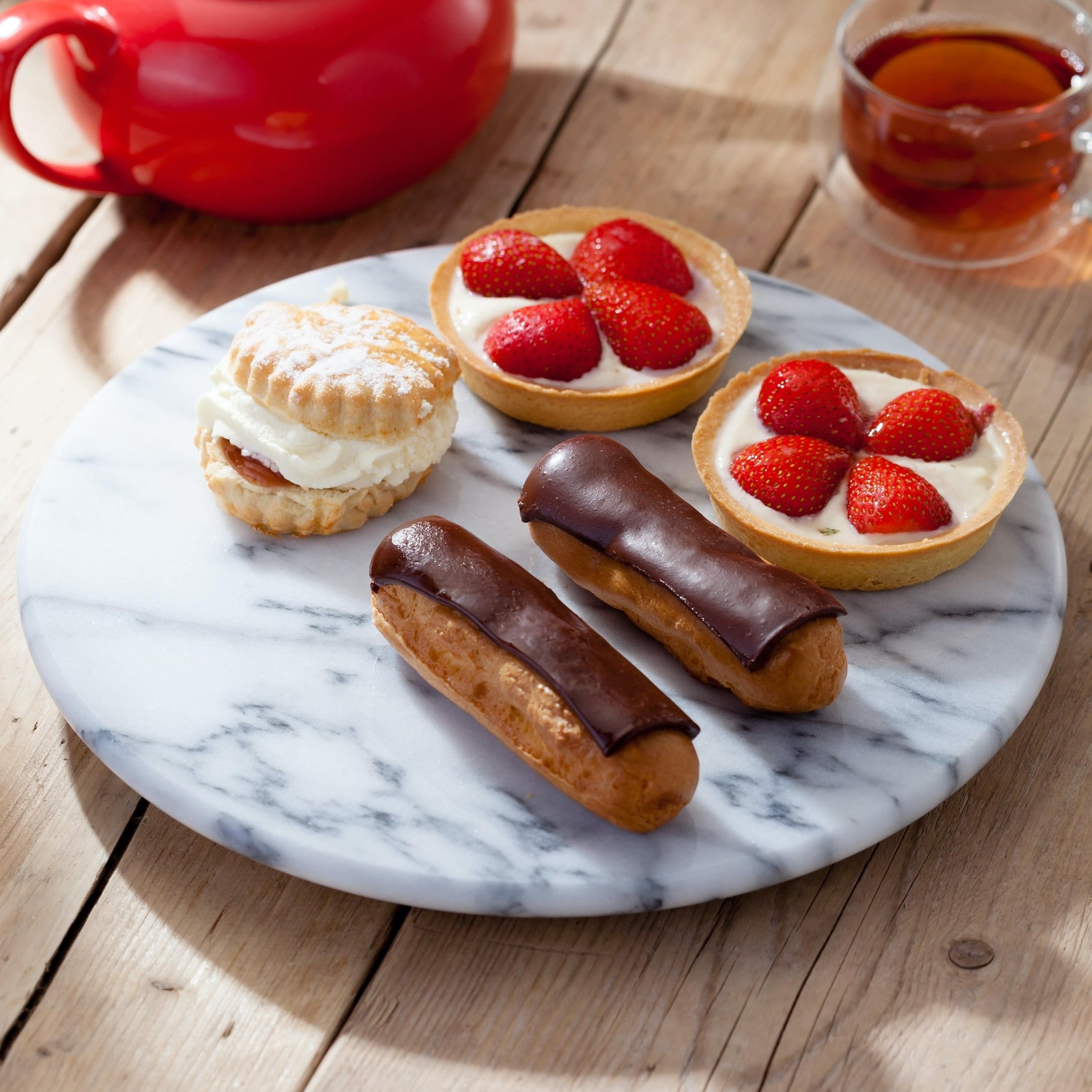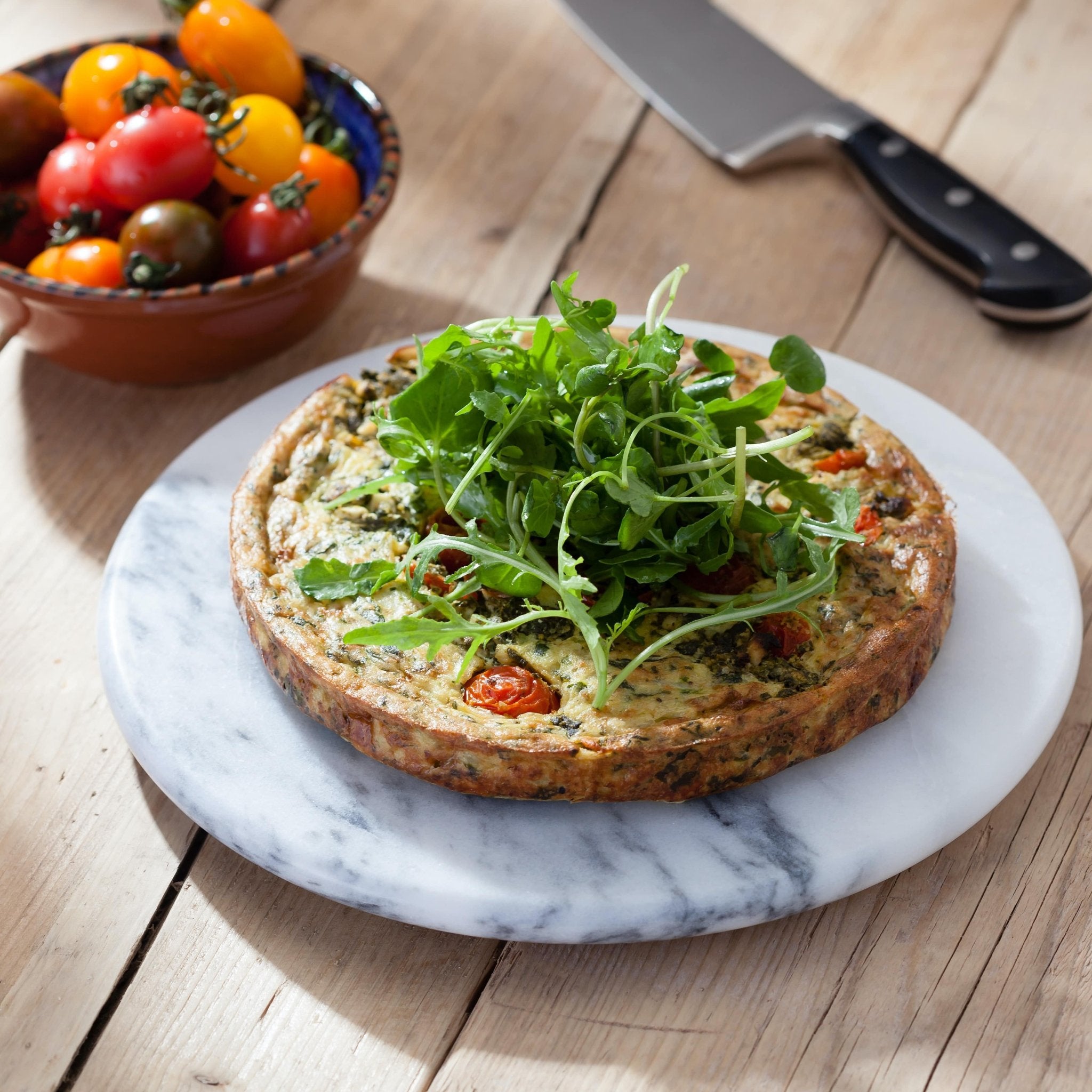Chopping & Serving Boards
Dependable wooden boards that do more than just chop. Made from solid, sustainable wood, these chopping and serving boards are built to last - and they age beautifully. Each one’s a bit different, thanks to the natural grain, but they all feel sturdy in the hand and easy to use in everyday cooking. Whether you're prepping vegetables or setting out cheese, they're the sort of boards you'll keep close for years.
Chopping & Serving Boards FAQs
How should I clean and disinfect a wooden chopping board?
To clean and disinfect a wooden chopping board, wash it by hand using hot water and mild soap - no soaking. A scrub with coarse salt and half a lemon lifts grub and odours, then rinse and dry upright. To disinfect, wipe the surface with white vinegar or diluted hydrogen peroxide. Both are food-safe and do the trick nicely. Never stick it in the dishwasher, as the heat and moisture can warp or crack the wood quicker than you can say “what a faff”.
What’s the best way to oil and maintain my board over time?
The best way to maintain your wooden board is by oiling it with a food-safe oil every few weeks or whenever it looks a bit parched. Slather on a generous layer, leave it to soak in (overnight if you can), then wipe off the excess. This stops cracks, stains, and warping in their tracks. A bit of regular TLC goes a long way - our care guide for wooden chopping boards has the full lowdown.
Can wooden chopping boards go in the dishwasher or oven?
No - wooden chopping boards should never go in the dishwasher or oven. All that heat and moisture causes them to warp, split, or just give up entirely. Stick to hand-washing and dry the board upright to keep it in good nick. Treated properly, a solid wooden board can last decades - without ever needing to see the inside of a dishwasher.
Are wooden boards more hygienic than plastic ones?
Yes, wooden boards can be more hygienic than plastic ones if you care for them well. Hardwoods like maple and beech naturally fight off bacteria, and any shallow knife marks tend to close up over time. Plastic, by contrast, keeps those grooves where germs can lurk. Clean and dry your board promptly after use - easy as pie and twice as satisfying.
Which chopping boards are truly buy-it-for-life?
The most buy-it-for-life chopping boards are made from solid hardwood like maple, walnut, or beech - thick, seamless, and with a food-safe finish. No joints, no glue, just sturdy craftsmanship. Choose one that can be re-sanded and oiled over time. Some even come with lifetime guarantees. Our quality food preparation tools include top picks built to last. Curious how we choose them? Our research process page has the details.
Why do wooden boards sometimes warp or develop cracks?
Wooden boards can warp or crack when exposed to too much moisture, heat, or uneven drying. Things like soaking, dishwashers, or leaving them flat while still damp are common culprits. The fix? Hand-wash gently, dry upright, and oil regularly to keep the wood healthy and stable - easy habits that stop your board going all wibbly.
What oil should I use to condition my chopping board?
Use a food-safe oil like mineral oil, linseed (flaxseed) oil, or a blend made for boards with beeswax. These soak in nicely and won’t go rancid over time. Avoid olive or vegetable oils - they can spoil and smell odd. Regular conditioning helps protect against cracks and stains, keeping your chopping board in top form for years.

